The Netherlands is one of the leading producers of rabbits in the European Union. Most of these exports were live animals, but the Netherlands also exports a significant amount of meat and processed products. Rabbit farming in the Netherlands is an important part of the Dutch economy but raises several animal welfare concerns.
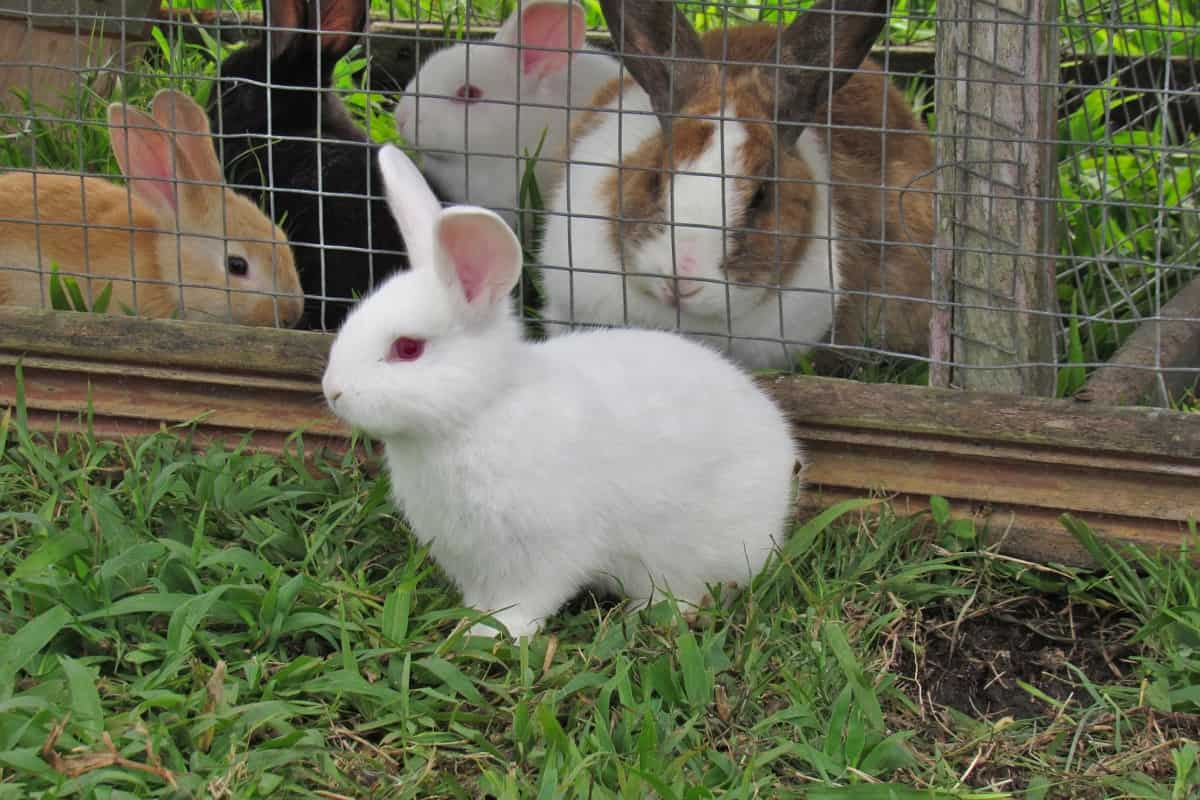
How to start Rabbit farming in the Netherlands
Rabbit farming importance in the Netherlands
Rabbit farming has been an important part of the Netherlands for centuries. The Dutch have a long history of rabbit farming, and the country is home to some of the world’s oldest and most well-known rabbit farms. Rabbit meat is a traditional Dutch delicacy, and rabbits are also popular pets in the Netherlands.
Rabbits are easy to farm and require very little space. They are also relatively low-maintenance animals, which makes them ideal for small-scale farmers. Rabbits reproduce quickly, so farmers can easily increase their stock if needed. In addition, rabbit farming is an environmentally friendly way to produce food. Rabbits are herbivores and consume mostly grasses and hay. They produce very little waste, so their environmental impact is minimal.
Requirements for Rabbit farming in the Netherlands
If you’re thinking of starting a rabbit farm in the Netherlands, there are a few things you need to take into account. Firstly, you’ll need to obtain a permit from the Dutch government. Secondly, you’ll need enough land to house your rabbits and their offspring. Thirdly, you’ll need to purchase or build appropriate housing for your rabbits. Fourthly, you’ll need to buy or lease some equipment for handling and slaughtering your rabbits. Finally, you’ll need to find a market for your rabbit meat. If you can meet all these requirements, rabbit farming in the Netherlands can be profitable.
Small scale Rabbit farming in the Netherlands
- It is a great way to get started in the business. The main reason is that it is a very low-cost investment. You can easily set up a small-scale rabbit farm with just a few cages and some basic equipment. The second reason is that rabbits are very easy to take care of. They have very few health problems and reproduce quickly.
- If you are thinking about starting a small-scale rabbit farm in the Netherlands, there are a few things you need to keep in mind. Firstly, you need to find a good location for your farm. It should be in an area with enough space for your cages and equipment. It should also be close to other farms so you can get supplies and advice when needed.
- The second thing to keep in mind is that you need to have a good marketing plan. For example, it would help if you let people know about your farm so they can come and visit it. You can do this by setting up a website or blog or advertising in local newspapers and magazines.
- The third thing to remember is that you must ensure your rabbits are healthy and well taken care of. This means feeding them fresh food and water, providing them with clean bedding, and ensuring they have plenty of exercise.
In case you missed it: How to Start Hydroponic Farming in the Netherlands: Crops, Cost, Profit, and Management
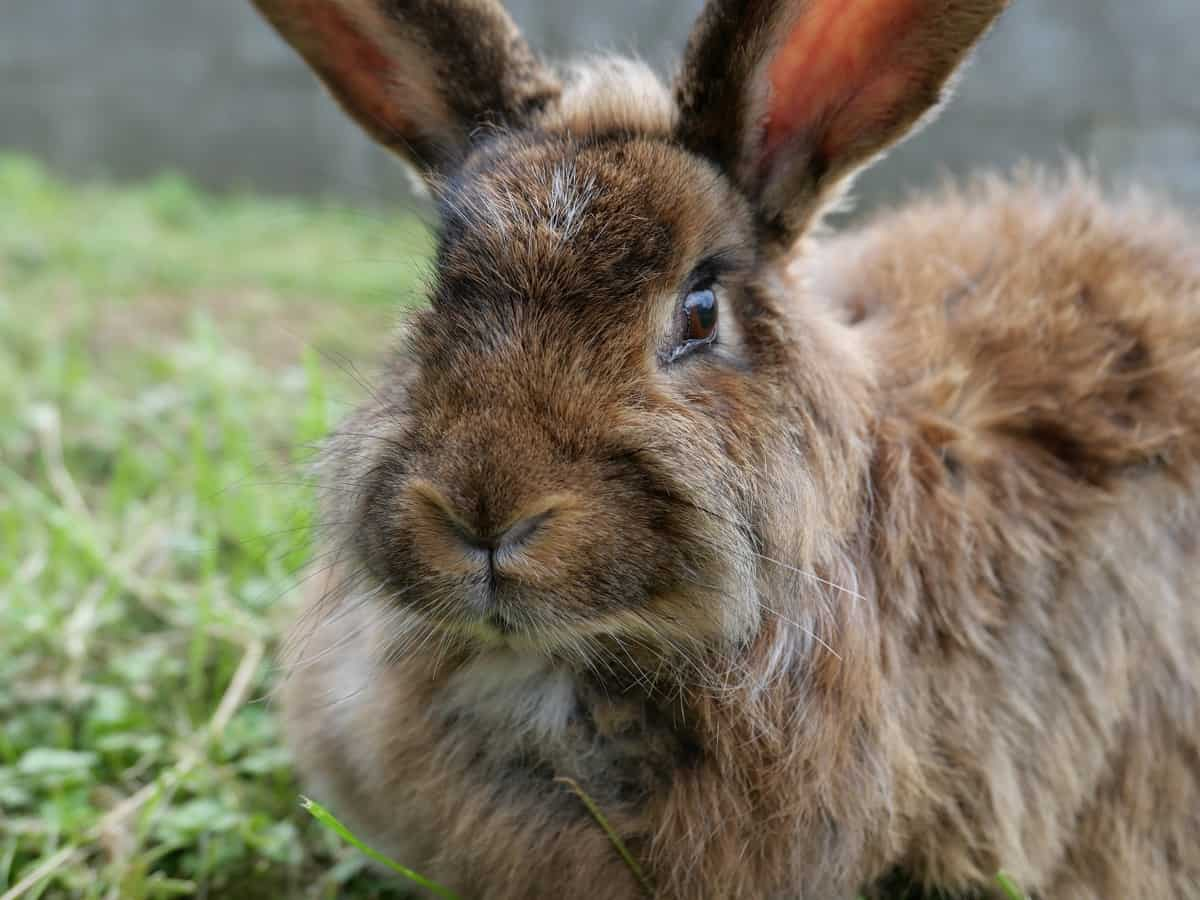
Steps to start rabbit farming in the Netherlands
If you’re thinking about starting a rabbit farming business in the Netherlands, there are a few things you need to do to get started.
1. Research the market – Before you start a business, it’s important to understand the market you’re entering.
2. Create a business plan – Once you’ve done your market research, it’s time to start creating your business plan. This document will outline your business goals, strategies, and financial projections. A well-written business plan is necessary for any new business.
3. Obtain funding – Unless you have personal savings or investors lined up, you’ll need funding for your new business. There are several ways to finance a small business, so talk to your bank or research government grants and loans.
4. Choose a location – Where you choose to set up your rabbit farm will have an impact on your success. Consider factors such as land availability, climate, and proximity to potential customers when making your decision. The first step is to find a good location for your rabbit farm. It should be near enough to markets and other farms so that you can easily sell your rabbits and get supplies.
5. Build cages and hutches – You will need to build cages or hutches for your rabbits. Ensure the cages are strong and well-built, as rabbits can be quite destructive.
6. Build housing and other infrastructure – Once you’ve secured land for your farm, it’s time to start building housing and other infrastructures such as fences and pens. Again, make sure everything is up to code and meets the requirements of the Dutch government.
7. Feed and care for your rabbits – Once you have them, you will need to feed and care for them properly. This includes providing fresh water, hay, vegetables, and plenty of space to exercise.
8. Breeding – If you want to start a breeding program, choose which rabbits you want to breed together. This is important to produce healthy offspring.
9. Marketing – To sell your rabbits, you will need to do some marketing. This includes creating a website or online shop and advertising in local newspapers or magazines.
Commercial Rabbit farming in the Netherlands
Commercial rabbit farming in the Netherlands is a relatively new industry. However, rabbits are a popular meat animal in the Netherlands, as they are lean and healthy. Consequently, there is a strong demand for rabbit meat from Dutch consumers and businesses such as restaurants and hotels. This demand has led to an increase in the number of commercial rabbit farms in the Netherlands.
In case you missed it: How to Start Sheep Farming in the Netherlands: Breeds, Business Plan, Setup Cost, Profit and Management
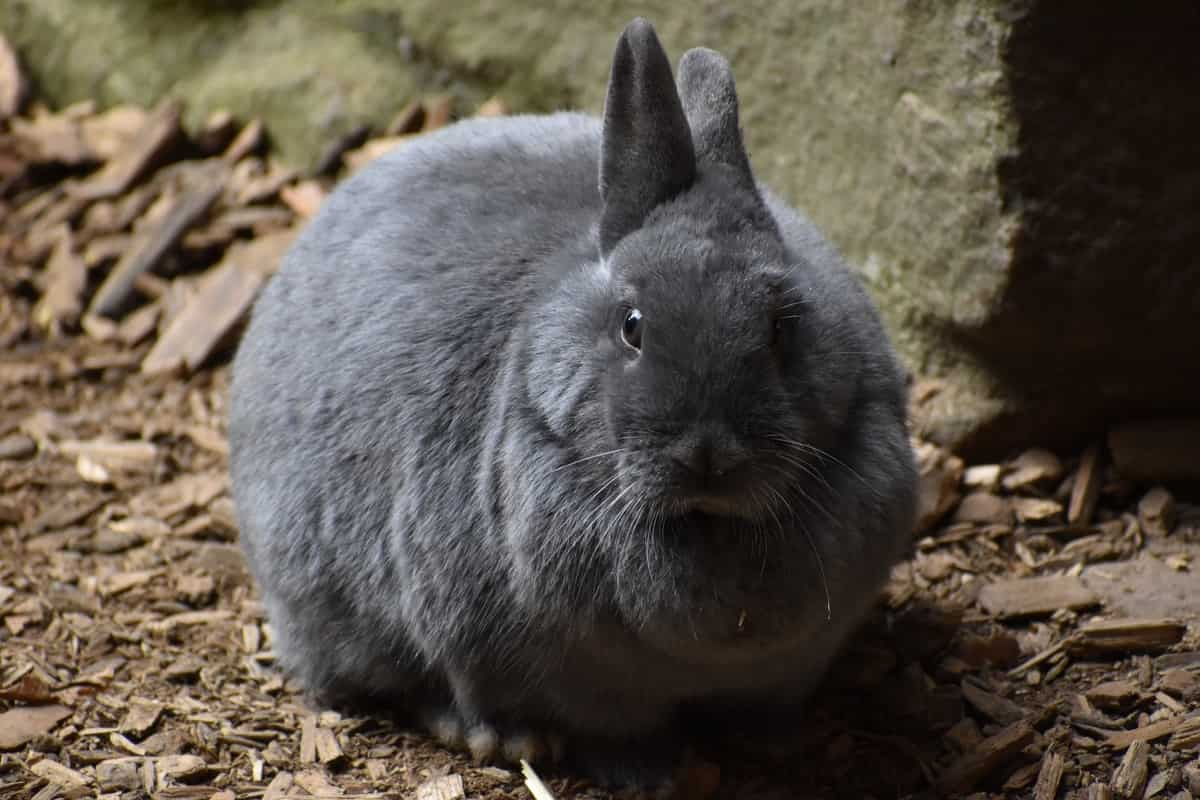
Most commercial rabbit farms in the Netherlands follow similar production methods. Rabbits are typically housed in indoor facilities, protecting them from the weather and predators. They are fed a diet of pellets containing all the necessary nutrients. Water is supplied through automatic drinkers. The Dutch Rabbit Breeders Association (NDB) promotes responsible breeding and husbandry practices among commercial rabbit farmers. It also offers advice and support to those considering setting up a commercial rabbit farm.
Tips on raising Rabbit in the Netherlands
Rabbit farming in the Netherlands is a growing industry. The country is home to many breeds of rabbits, and the climate is ideal for raising them. If you’re considering starting a rabbit farm in the Netherlands, here are some tips to help you get started.
- Choose the right breed of Rabbit – There are many breeds of rabbits, each with its unique characteristics. Do some research to find out which breed is best suited for your climate and your farming goals.
- Get your facilities set up – You’ll need the proper facilities before raising rabbits. This includes cages or hutches for the rabbits and food and water supplies.
- Know how to care for your rabbits – Rabbits require special care and attention. Make sure you know how to properly feed, water, and care for your rabbits before you get started.
- Keep an eye on your rabbits’ health – Like any animal, rabbits can get sick from time to time. Be sure to monitor their health closely and consult with a veterinarian if necessary.
- Have a marketing plan – Once your farm is up and running, you’ll need to sell your rabbits to make a profit. Develop a marketing plan that will help you reach your target customers.
Different types of rabbits farmed in the Netherlands
Rabbits farmed in the Netherlands include the Dutch, Flemish Giant, and Californian breeds. The Dutch breed is the most common for meat and fur production. The Flemish Giant is the largest rabbit breed and is primarily used for meat production. The Californian breed is smaller than the Dutch breed and mainly used for fur production. Other important Rabbit breeds are;
- The Dutch Rabbit is also known as Hollander or Brabander
- Havana
- Holland Lop
- Netherland Dwarf rabbit
- Tri Coloured Dutch
In case you missed it: How this Farmer Earns 20 Lakhs from 3 Acres Organic Payaya Farm: A Success Story of Organic Fruit Cultivation in India
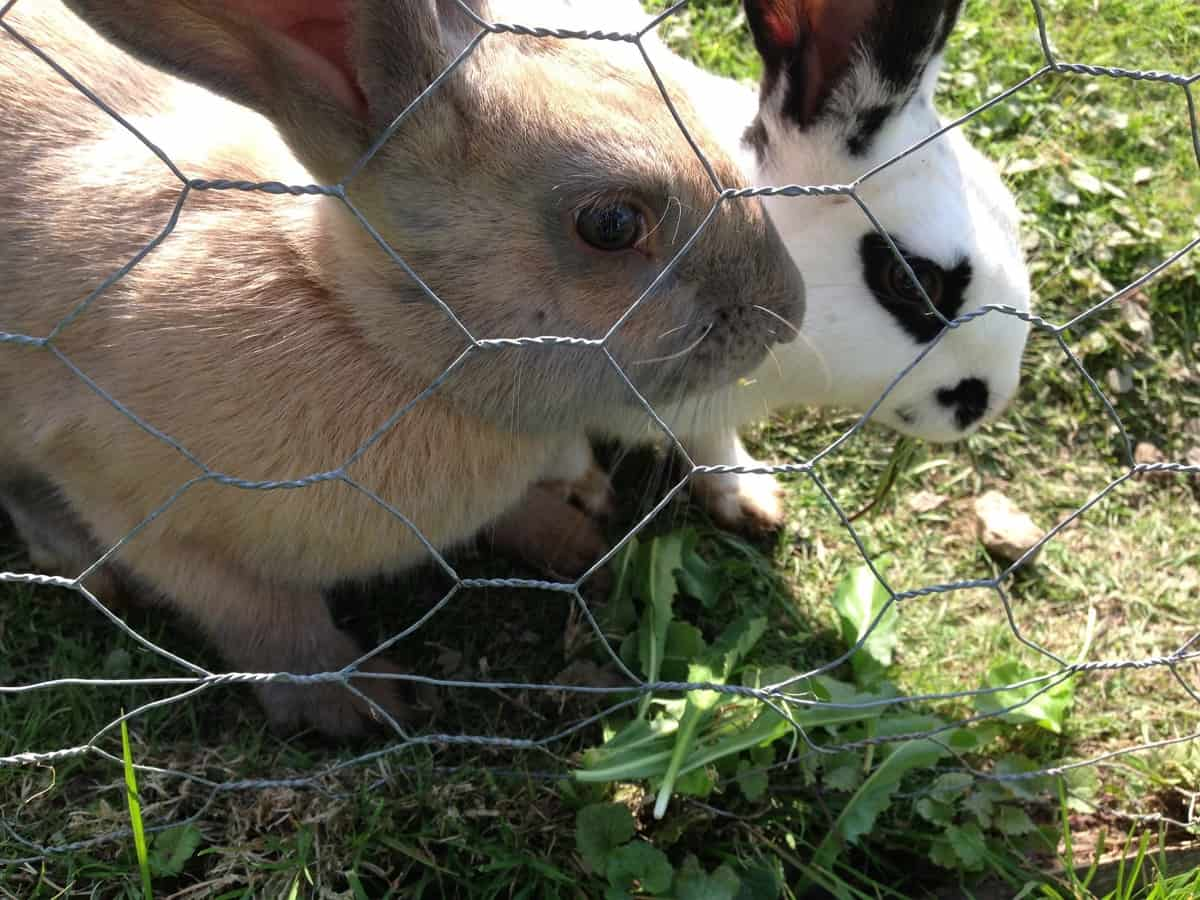
Rabbit farming areas in the Netherlands
Rabbit farming in the Netherlands is concentrated in the provinces of North and South Holland. In North Holland, there are two main rabbit farming areas: the Westland region and the Bommelerwaard region. The Westland region is located west of the city of Amsterdam, while the Bommelerwaard region is located east of Amsterdam.
Most rabbit farms in the Netherlands are located in South Holland. The main rabbit farming areas in South Holland are the Midden-Delfland region and the Drechtsteden region. The Midden-Delfland region is between Rotterdam and The Hague, while the Drechtsteden region is south of Rotterdam.
Rabbit production methods in the Netherlands
Rabbit farming in the Netherlands has a long history, dating back to the early days of Dutch colonization. The first rabbits were brought to the country by Spanish settlers, and they quickly became popular as a food source. Today, there are two main methods of rabbit production in the Netherlands: intensive and extensive farming.
- Intensive farming is the more common of the two methods, and it involves keeping rabbits in cages or hutches that are kept indoors. This method allows for year-round production and higher yields, but it can be more expensive to set up and maintain.
- Extensive farming is less common but involves keeping rabbits in larger outdoor enclosures. This method is less intensive on labor and resources, but it can be more difficult to produce consistent results.
Is Rabbit farming profitable in the Netherlands?
Yes, rabbit farming can be profitable in the Netherlands. However, there are many factors to consider when starting a farm, such as the size of the operation, the type of rabbits you will raise, and the market for your product.
In case you missed it: How to Start Pig Farming in the Netherlands: Business Plan, Breeds, Cost, Profits, and Management
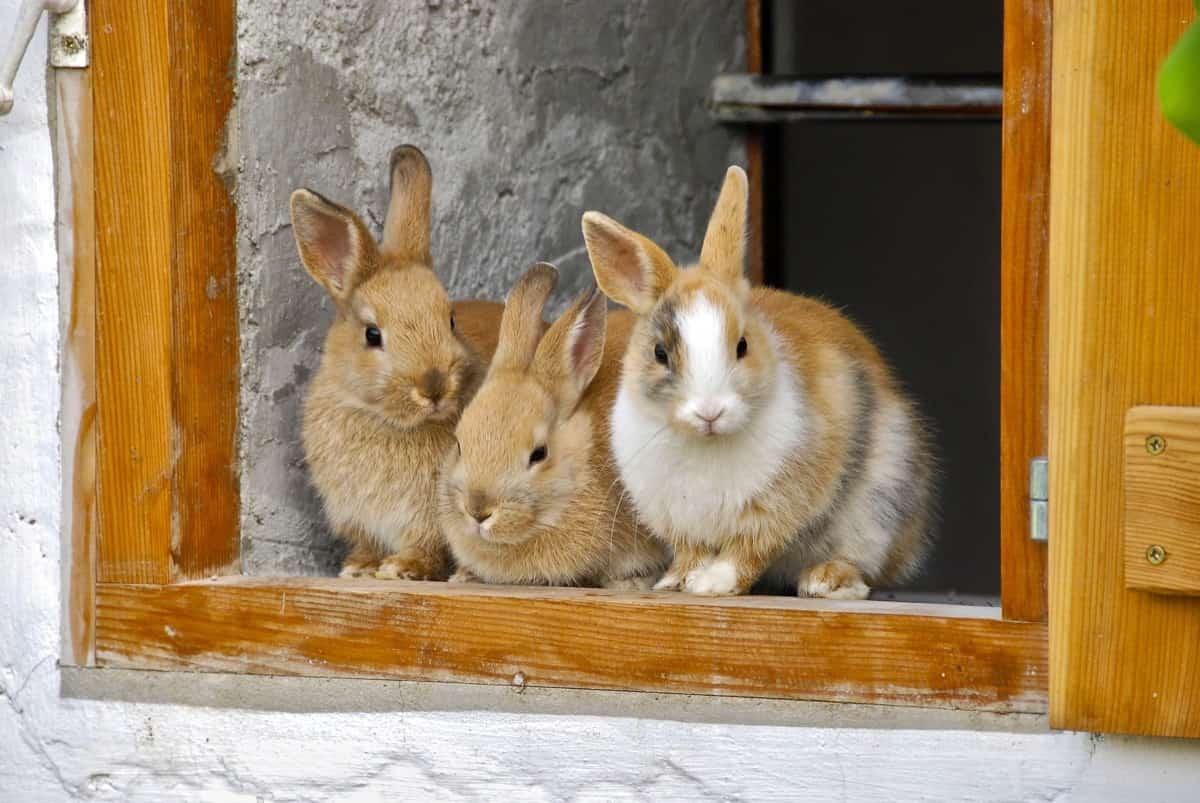
There is a growing demand for locally-produced food, which has created opportunities for Rabbit farmers in the Netherlands to sell their products directly to consumers through farmer’s markets and online sales platforms. Other farmers sell their rabbits live to slaughterhouses or process their meat products on-farm. Farms that produce fur focus on selling pelts to international markets.
Care and management of rabbit farms in the Netherlands
Rabbit farming in the Netherlands has been a popular form of livestock husbandry for centuries. The Dutch have perfected the art of raising rabbits and have developed many techniques to improve their animals’ health and welfare. Rabbit farmers in the Netherlands take great pride in their work and are constantly innovating new ways to care for their rabbits.
The first step in rabbit farming is selecting the right breed for your farm. There are many different breeds of rabbits, each with its unique characteristics. Some common breeds used for rabbit farming include the Holland Lop, New Zealand White, and Californian. Once you have selected the breed that is right for your farm, you must purchase healthy breeding stock from a reputable breeder.
After you have obtained your breeding stock, providing them with a clean and safe environment is important. Rabbits are sensitive to environmental changes, so keeping their housing clean and free from stressors such as loud noises or bright lights is important. The housing should also be large enough to allow the rabbits plenty of space to move around and exercise.
It is also important to provide your rabbits with a healthy diet. A diet rich in fiber is necessary for keeping rabbits healthy and preventing gastrointestinal problems. Fresh hay should always be available, and fresh vegetables should be given daily. Water must also be available at all times and be changed daily to keep it fresh.
Rabbit farming loans and subsidies in the Netherlands
The Dutch government offers several loans and subsidies for rabbit farmers. These include a loan for purchasing rabbits, a subsidy for constructing a new rabbit farm, and a subsidy for expanding an existing rabbit farm. The government also offers a subsidy for the purchase of new equipment and a subsidy for the training of new Rabbit farmers.
Rabbit farming problems in the Netherlands
It is a small country with a high population density. This means there is not much room for farming, and competition for land is fierce. As a result, rabbit farmers in the Netherlands have to contend with high land prices, rent, and strict environmental regulations. As a result of these challenges, many rabbit farms in the Netherlands are struggling to survive. Some farmers have been forced to give up their businesses, while others are barely scraping by. As a result, the future of rabbit farming in the Netherlands is uncertain, but it faces significant challenges.
Housing for commercial Rabbit farming in the Netherlands
- There are various housing options available for commercial rabbit farming in the Netherlands. Single-story hutch systems are the most popular, although multi-story cages are also used. When choosing a housing system, the main considerations are cost, labor requirements, and space utilization.
- The most important factor in any housing system is the welfare of the rabbits. The rabbits should have enough space to move around freely and express natural behaviors. They should also be protected from predators and extremes of weather.
- Hutch systems can range from simple wooden frames covered with wire mesh to elaborate structures with multiple levels and enclosed areas. Hutch systems are typically less expensive than cage systems and easier to clean, but they require more space per Rabbit.
- Cage systems can be either single or multi-story. They are made of plastic or metal and can be stacked to maximize space utilization. Cage systems can be more expensive than hutch systems but require less labor to clean and maintain.
- The type of housing system you choose will depend on your budget, labor availability, and space constraints. Ultimately, the goal is to provide a safe and comfortable environment for your rabbits that meets their needs for exercise, socialization, and protection from the elements.
In case you missed it: How to Start Poultry Farming in the Netherlands: Business Plan, Breeds, Management, Cost, and Profit
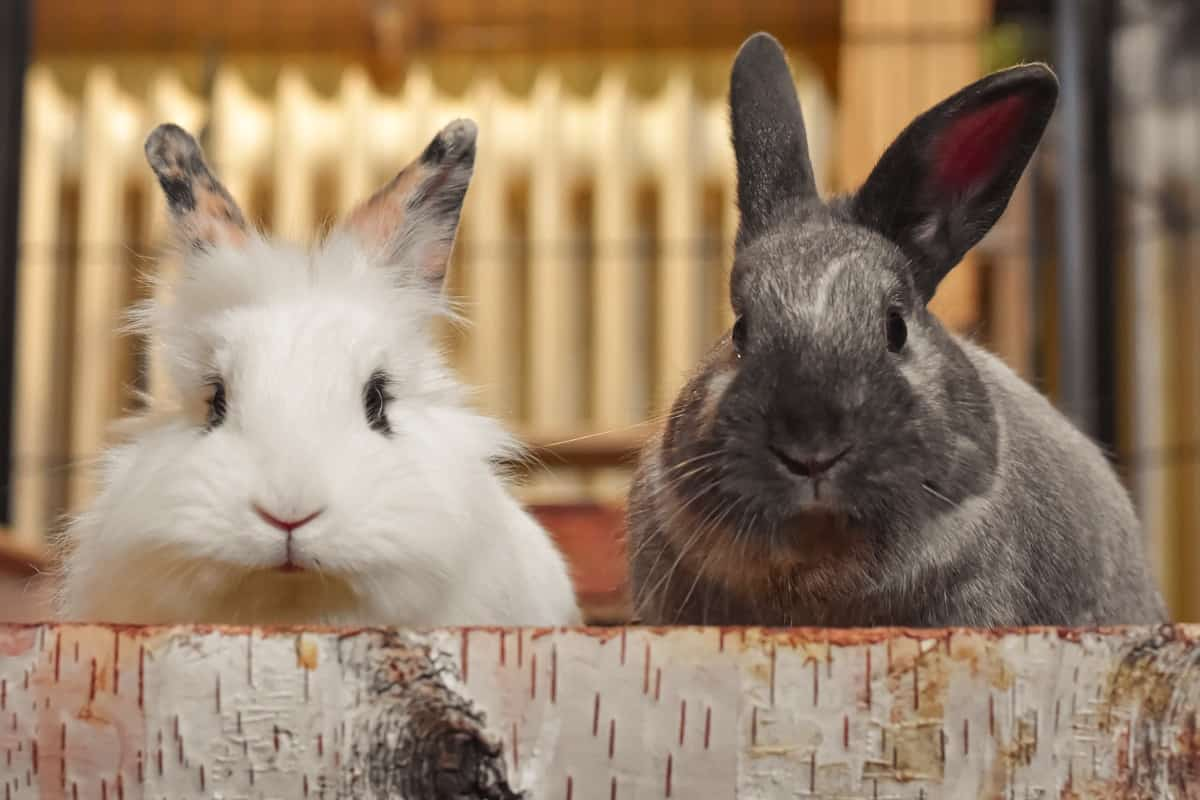
Rabbit farming challenges in the Netherlands
Although rabbits are a popular source of food in the Netherlands, there are several challenges that rabbit farmers face. One of the biggest challenges is finding enough land to farm on. As a result, rabbit farmers have to be very efficient with their land and often have to get creative with their farming methods. Another challenge that rabbit farmers face is dealing with predators.
Because rabbits are small animals, they are easy prey for foxes, snakes, and other predators. This can make it difficult to keep rabbits safe, leading to significant losses for farmers. Finally, another challenge that rabbit farmers face is competition from other meat sources. In the Netherlands, chicken and pork are very popular and are often seen as more affordable than rabbit meat. This means that rabbit farmers have to work hard to convince consumers that their product is worth the price.
Rabbit farming set-up cost in the Netherlands
The average cost of setting up a rabbit farm in the Netherlands is around €13,500. This includes buying rabbits, cages, feeders, and other equipment. The labor cost for setting up the farm is also included.
Conclusion
Rabbit farming is an important part of the Dutch economy and employs thousands of people. In addition, the Netherlands is one of Rabbit farming is also an important part of Dutch culture, and many Dutch families have rabbits.
- Types of Pesticides Used in Agriculture: A Beginner’s Guide
- Economical Aquaculture: A Guide to Low-Budget Fish Farming
- 15 Common Planting Errors That Can Doom Your Fruit Trees
- How to Make Houseplants Bushy: Effective Tips and Ideas
- Innovative Strategies for Boosting Coconut Pollination and Yield
- Pollination Strategies for Maximum Pumpkin Yield
- The Complete Guide to Chicken Fattening: Strategies for Maximum Growth
- Natural Solutions for Tulip Problems: 100% Effective Remedies for Leaf and Bulb-Related Issues
- Revolutionizing Citrus Preservation: Towards a Healthier, Greener Future
- Natural Solutions for Peony Leaf and Flower Problems: 100% Effective Remedies
- Maximizing Profits with Avocado Contract Farming in India: A Comprehensive Guide
- Natural Solutions for Hydrangea Problems: 100% Effective Remedies for Leaf and Flowers
- The Ultimate Guide to Choosing the Perfect Foliage Friend: Bringing Life Indoors
- From Sunlight to Sustainability: 15 Ways to Use Solar Technology in Agriculture
- The Ultimate Guide to Dong Tao Chicken: Exploring from History to Raising
- The Eco-Friendly Makeover: How to Convert Your Unused Swimming Pool into a Fish Pond
- Mastering the Art of Delaware Chicken Farming: Essentials for Healthy Backyard Flocks
- 20 Best Homemade Fertilizers for Money Plant: DIY Recipes and Application Methods
- How to Craft a Comprehensive Free-Range Chicken Farming Business Plan
- Brighten Your Flock: Raising Easter Egger Chickens for Beauty and Bounty
- How to Optimize Your Poultry Egg Farm Business Plan with These Strategies
- Subsidy for Spirulina Cultivation: How Indian Government Schemes Encouraging Spirulina Farmers
- Ultimate Guide to Raising Dominique Chickens: Breeding, Feeding, Egg-Production, and Care
- Mastering the Art of Raising Jersey Giant Chickens: Care, Feeding, and More
- Ultimate Guide to Raising Legbar Chickens: Breeding, Farming Practices, Diet, Egg-Production
- How to Raise Welsummer Chickens: A Comprehensive Guide for Beginners
- How to Protect Indoor Plants in Winter: A Comprehensive Guide
- Ultimate Guide to Grow Bag Gardening: Tips, Tricks, and Planting Ideas for Urban Gardeners
- Guide to Lotus Cultivation: How to Propagate, Plant, Grow, Care, Cost, and Profit
- Agriculture Drone Subsidy Scheme: Government Kisan Subsidy, License, and How to Apply Online
- Ultimate Guide to Raising Araucana Chickens: Breed Profile, Farming Economics, Diet, and Care
- Bringing Hydroponics to Classroom: Importance, Benefits of Learning for School Students
- Ultimate Guide to Raising Polish Chickens: Breed Profile, Farming Economics, Diet, and Care
- Ultimate Guide to Raising Australorp Chickens: Profile, Farming Economics, Egg Production, Diet, and Care
- Silkie Chicken Farming: Raising Practices, Varieties, Egg Production, Diet, and Care
- Sussex Chicken Farming: Raising Practices, Varieties, Egg Production, Diet and Care